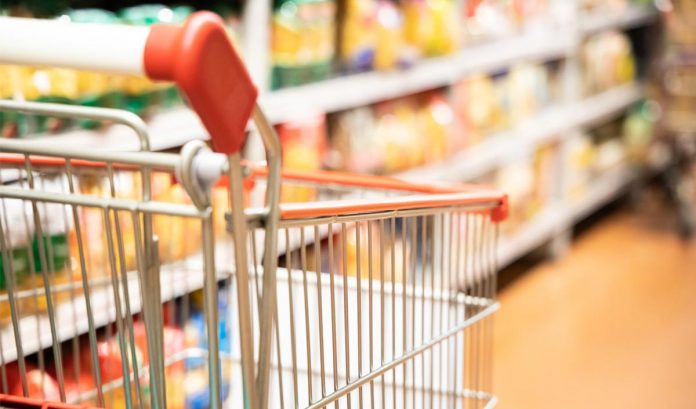The pandemic seems to be getting worse every day, with no end in sight many companies are in the process of closure due to low sales and revenue. The FMCG companies specifically have been hit very hard. They are staring at a major disruption in their distribution model. Only minor changes had occurred over the decade, like basic technology intervention to track primary sales, i.e. sales from FMCG Company to their distributors, and secondary sales, sales from distributors to the retailers. The product goes from brand manufacturing facilities to their distribution centers, through the C&F agents in each state, on to the hundreds of distributors, and finally reaches the retailers.
The primary reason behind the lack of change is, the retail environment is more or less static. Evolution of FMCG distribution in India since the 1950s can be divided into the following categories. In the first distribution (Distribution 1.0 (1950-1980)) very few changes occurred. Second distribution (Distribution 2.0 (1980-2000)), was the period of small tweaks, here the sales representatives were transferred to the distributor for better supervision and management, and some leading companies divide the sales team into category teams for serving the general trade. FMCG companies also began to adopt technology to track primary sales.
During (Distribution3.0(2000-2018), major changes were made such as; wider adoption of technology to track inventory and sales, launch and rapid growth of modern trade, outsourcing the sales rep of FMCG to third parties, etc. Now, is the period of (Distribution 4.0).
Presently, the distribution model of FMCG is in the massive disruption. We have already seen that the growth of modern trade, e-commerce, online retail, etc are growing at a high pace. At present, shoppers move to an Omni mode of shopping, it is more comfortable to them than the retail. Due to increasing categories and skills, the role of modern trade is increasing.
Another challenge faced by FMCG‘s are to recruit and retain salespeople, they are facing heavy pressure on their models and margins due to the stiff competition from the new-age business like e-com delivery, food tech companies, mobile phone retail, electronics, and apparel retail, QSRs, Jewellery chains, MT chains, etc. to meet the competition from digital fields, the appropriate measure must take by FMCG. These companies need to adapt, basically learn, unlearn, and relearn. Adopting a software startup approach to the digital aspect of their business can result in better outcomes.


The gap of the 80s to 2021 is huge in terms of development but in terms of profitability the decline is only seen .in simple terms it’s only only top line and the bottom line is missing of various factors .Thus if the industry does not see the flaws of the present condition may only loose in more companies and more products who follow the pattern of distribution in the current times